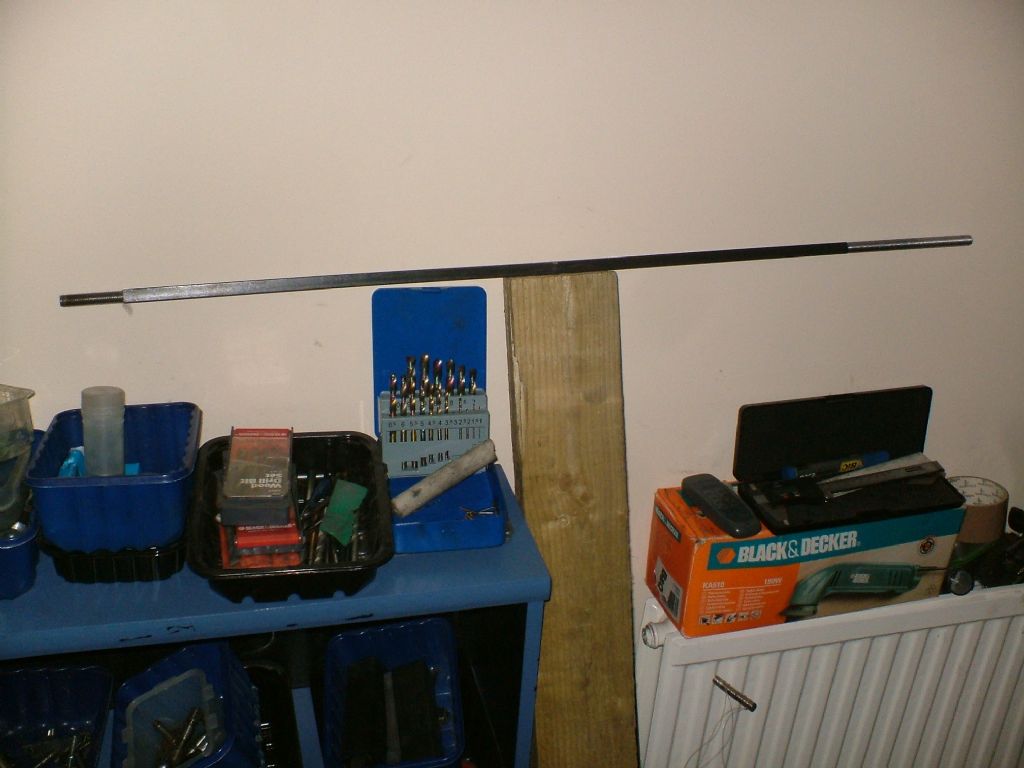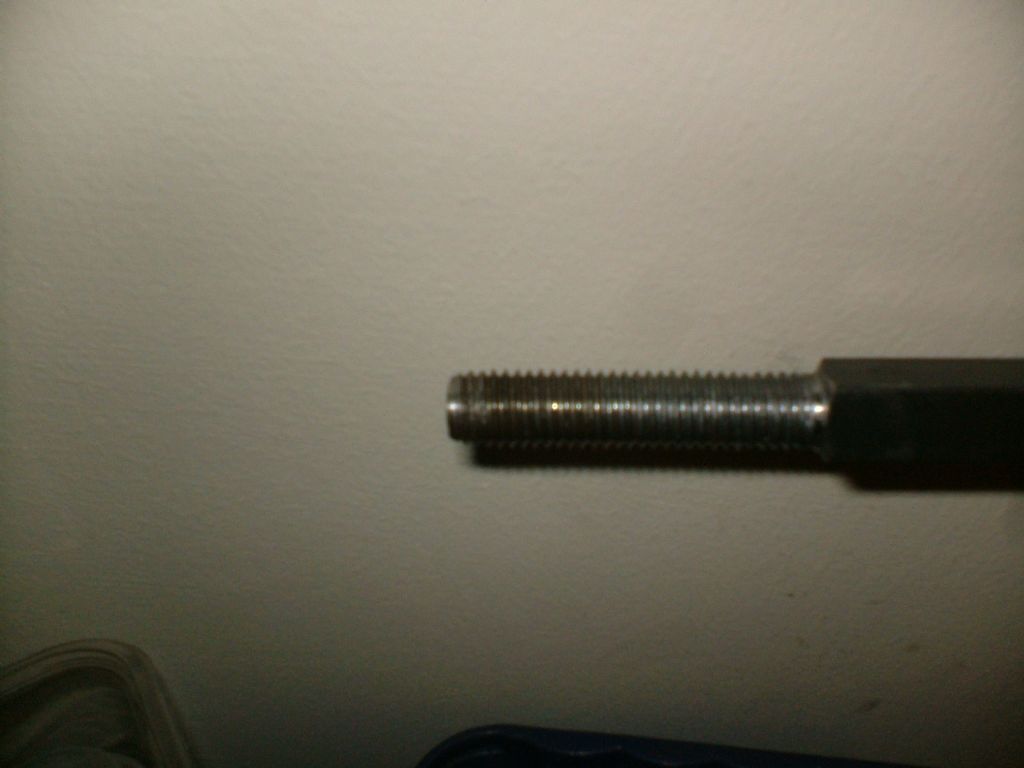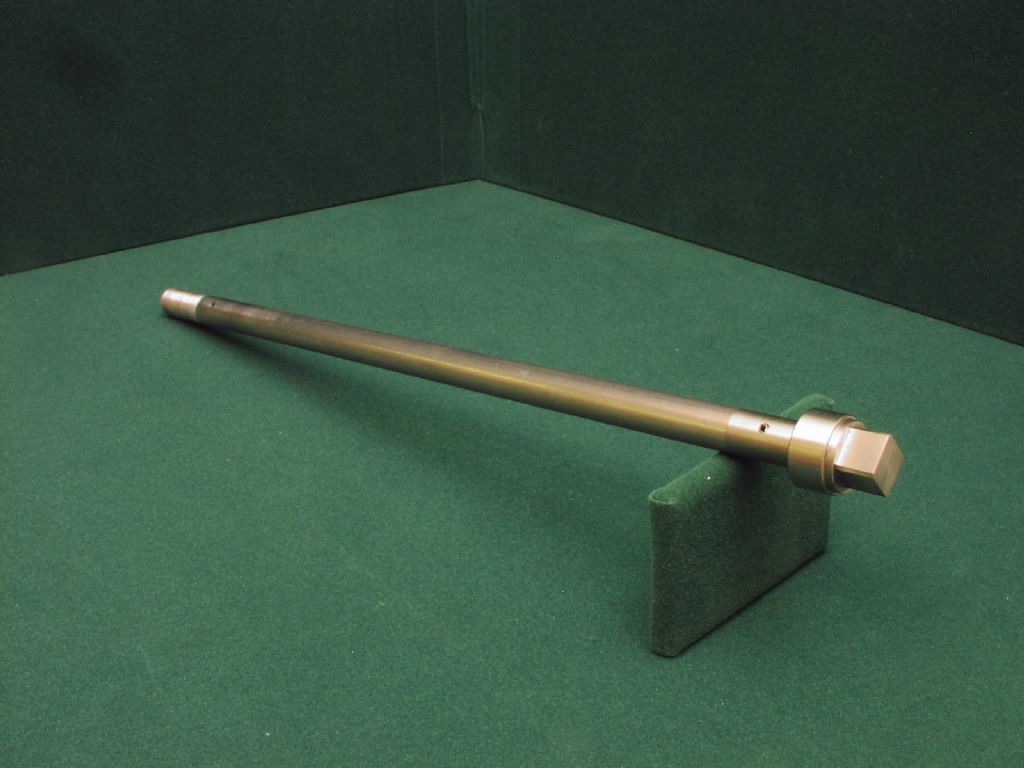Hi all,
Thanks for the multitude of suggestions. It is amazing what you can learn in a short space of time and this makes being a member so worthwhile.
In the end I opted for Jeff’s and Ian’s suggestion of cutting the head off an M12 bolt, but rather than weld it, I turned a spigot on the end and press fitted this into the original piece of 12mm stainless steel bar that I was struggling to thread. I cross-pinned these parts together.
I had already machined the head cap and press fitted this onto the other end of the bar and cross-pinned it. (The result is shown in the photo)
Thanks also to Ady1 for his comments re using my imperial lathe to cut metric threads. I shall be following up on that suggestion, for future projects.
Appreciating that there are many other and quicker ways of making a drawbar, my main aim was to get some practice on the lathe and mill, whilst at the same time making something useful and reasonably aesthetic. The stainless steel was FOC and machined well with carbide tools, but I will avoid it in future, where threads are concerned.
Kind regards
Mark

 MadMike.
MadMike.







